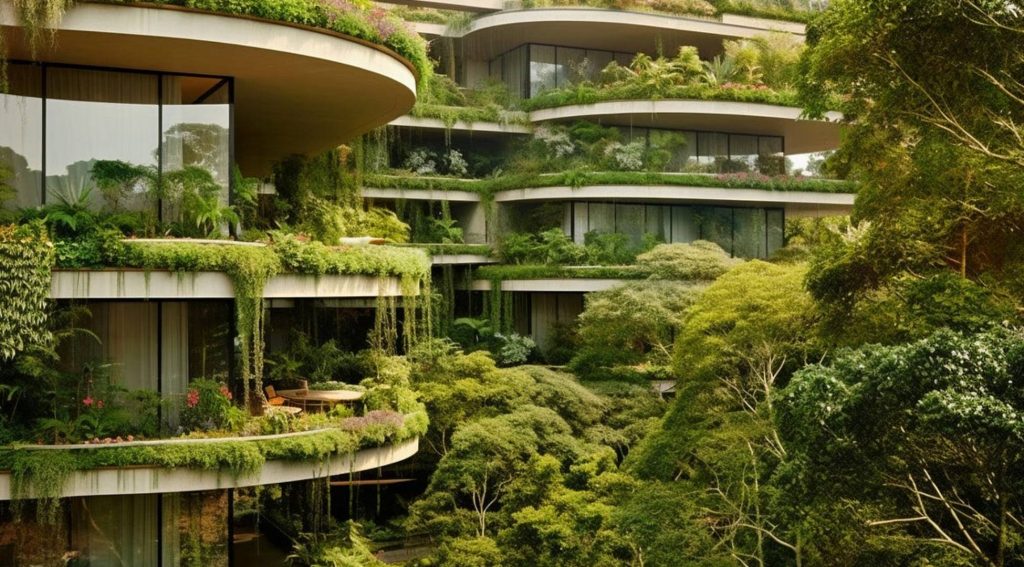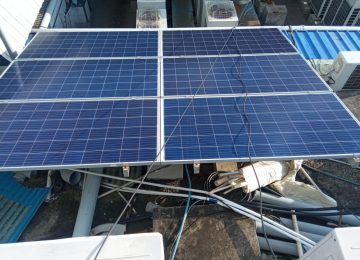A new report from the World Economic Forum is challenging the traditional idea of urban sustainability. The report argues that cities need to do more than simply build parks and green spaces to combat biodiversity loss and climate change.
The report, “Nature Positive Guidelines for the Transition in Cities,” introduces a new framework called AR3T, which stands for avoid, reduce, restore and regenerate, and transform.
“By making ecology central to urban planning, we can create vibrant, resilient habitats, brimming with biodiversity beyond the park gate,” the report states.
While parks are a vital component of urban ecosystems, the report’s authors say they are not enough to counteract the significant threats of biodiversity loss, urban heat island effects, and rising greenhouse gas emissions.
The paper highlights three key strategies for “nature-positive urbanism” that go beyond traditional green spaces:
Integrating biodiversity into building design: The report cites Singapore’s Oasia Hotel as a leading example of “living” architecture. The hotel’s lush vertical gardens not only cool the building and reduce air conditioning emissions but also provide a sanctuary for urban wildlife like birds and butterflies.
Studies show that green buildings can reduce temperatures by 2°C or more and positively influence the health and well-being of residents.
Retrofitting infrastructure for urban wildlife: In Canada, cities like Toronto have created “eco-passages” and retrofitted highways to reconnect fragmented habitats, allowing animals to safely traverse urban areas. Researchers confirm that these retrofits can help reverse habitat fragmentation and enable endangered species to travel and breed.
Leveraging biomimicry in urban planning: This approach draws inspiration from nature’s efficient systems to create practical solutions. Harare’s Eastgate Centre in Zimbabwe, for example, uses a ventilation system modeled after termite mounds to dramatically reduce its energy use and carbon footprint. The report suggests biomimicry can also be used for water management and cooling systems.
The report concludes that innovative strategies like these are essential for a sustainable future. It emphasizes the need for a shift in perspective, viewing cities not just as human spaces but as “living, breathing ecosystems where ecological health shapes daily life.”













